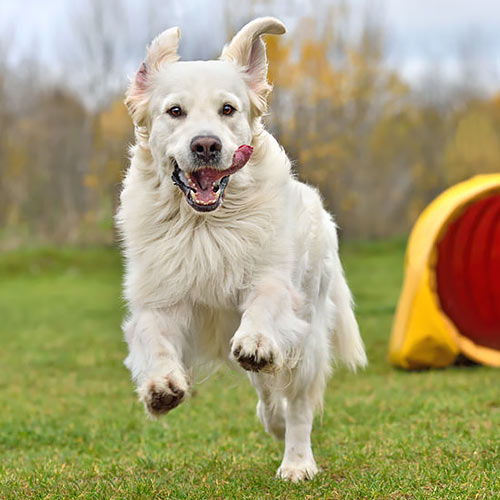Many of the problems that officers see on the street is a direct result of problems created in training. Good training leads to good results. Bad training leads to poor results. If your level of training is raised, you will see better performance in the field. By the way, don’t just show up for training because you have to. Put some energy, effort, and pizazz into police dog training. It’ll make a positive difference.
One of the things I often see (not is our own training venue but with others) police K9 training is when a handler sends his K9 to engage the decoy. Particularly the call-off. Many trainers and handler utilize a remote trainer (otherwise called a shock collar) to reinforce a call-off. Now, the remote is used correctly, there is no issue. The issue is when a handler’s timing is not correct. He may wait until the dog is almost on the decoy and then “light up” the dog for not returning to the handler’s side as told. Repeated offenses eventually condition the dog towards weak engagements or no engagement because he knows he’ll get his socks shocked off when he gets to the bad guy. A dependable call-off is important and needs to be taught. Yet don’t create a new problem in the process. Use the Remote if you have to but always give the dog a few good all-out bites afterward.
Another common problem is the handler pulling the leash while his detection dog is working a target odor. The dog is sniffing to source but receives a “correction.” This leads to confusion on the dog’s part because he’s been taught to work towards the target odor but then receives a perceived correction as he’s doing so. Handlers must keep a loose leash in detection work. Give your dog the attention he/she needs while working. Talk to your comrades after the detection exercise is concluded.
Training shouldn’t be a mindless waste of time. Use it to improve your team’s performance. Work with a trainer that utilizes good training habits and thereby averting low performance on the street.

